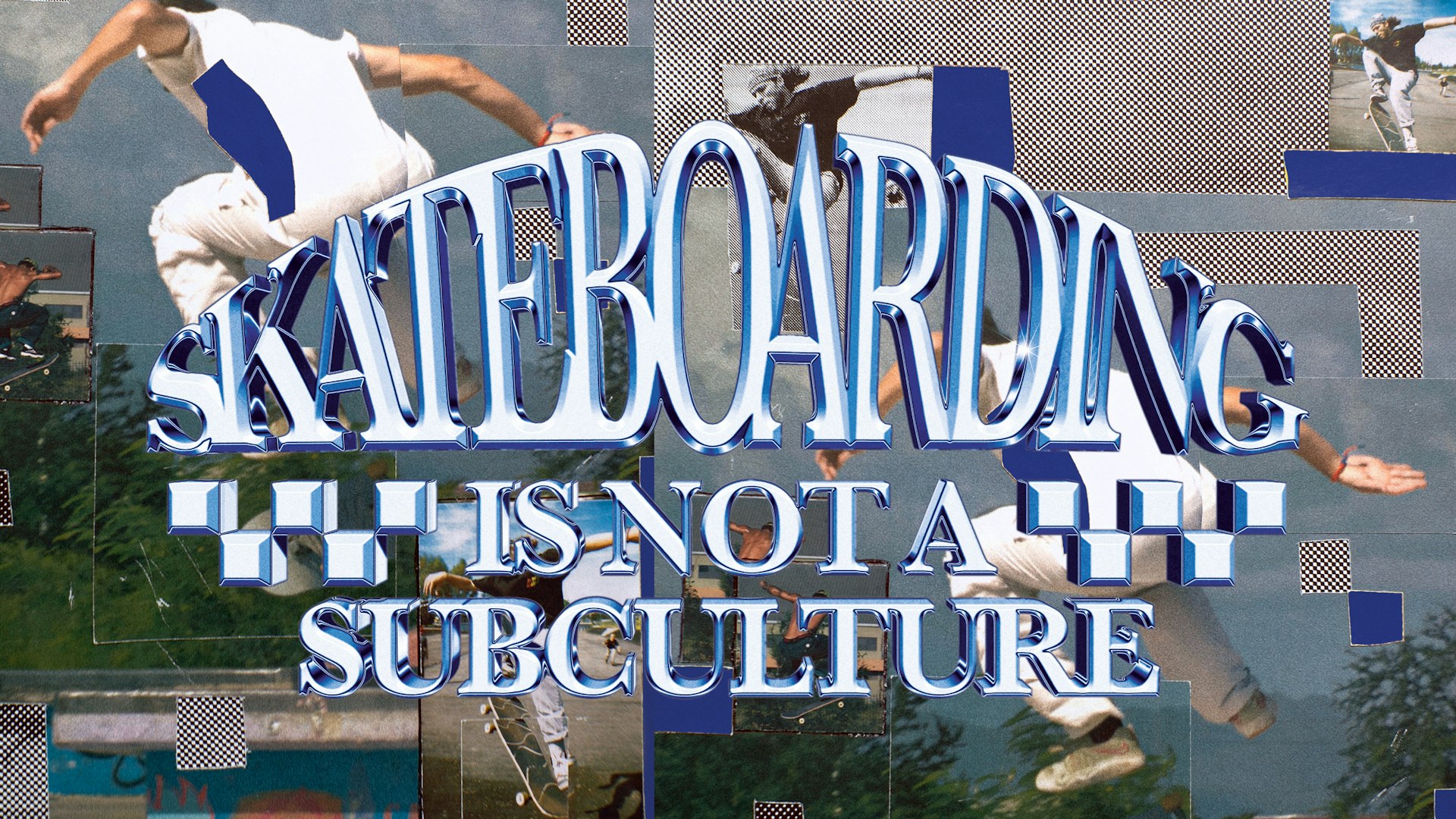Steve Schapiro’s iconic photos of 20th century America
- Text by Miss Rosen
- Photography by Steve Schapiro, courtesy of FaheyKlein Gallery, Los Angeles

On assignment for Paris Match in 1978, Steve Schapiro photographed B-movie star Jennifer Ashley, who had just starred in Maura Smith’s film Towing. While they were drinking champagne on the shoot, Ashley suggested Schapiro call Smith and ask her on a date, encouraging him with just four little words: “She likes short guys.”
Although small of stature, Schapiro had risen to great heights as a photojournalist chronicling the Civil Rights Movement and Robert F. Kennedy’s ill-fated presidential campaign, as well as landmark movies like The Godfather, Chinatown, and Taxi Driver. Equally comfortable with James Baldwin as he was with David Bowie, the Brooklyn native picked up the phone and asked Smith to dinner.
Schapiro was immediately bewitched. On their second date, he told Smith, “I just want you to know we’re gonna get married.” Smith was intrigued — and soon enough Schapiro’s prophecy came to be. Smith and Schapiro married and remained together until the photographer passed on January 15, 2022.

Barbra Streisand, Pearl Earring, Los Angeles, 1967
In celebration of his extraordinary life, Fahey/Klein Gallery presents Steve Schapiro: I Love You… Leave a Message, a carefully curated exhibition of work from his legendary career. Bringing together iconic images, the show features timeless photographs of leader, luminaries, artists, and athletes alike.
Moving fluidly between Andy Warhol’s Factory and migrant workers in the bean fields of Arkansas, Schapiro was at ease wherever he went. “Steve always said getting a literature degree from Bard helped him converse with people he met,” says Smith. “He was never nervous, no matter who the celebrity was.”
Describing Schapiro as a “political junkie”, Smith remembers how “Steve cared about humanity and had an opinion about the way the world should be.”

James Baldwin, God Is Love, Harlem, 1963

Nico in Times Square, New York, 1968
But Schapiro took care to let the people he photographed speak for themselves. “Many photographers impose their style but Steve didn’t want his style to interfere,” Smith says. “He only wanted to capture that person.”
The depths of Schapiro’s vast archive have yet to be plumbed because he never stopped shooting, and only printed a small percentage of his work. “Steve was a workaholic,” Smith says. “He was always moving on to the next thing, and didn’t have much time to look back though his pictures.”

Muhammad Ali (Cassius Clay) Playing Monopoly, Louisville, Kentucky, 1963
Smith remembers just one time in their 40 years together that she saw him take a moment to stop and look at the work he had done. While walking through the Rexall Drug Store at the Beverly Center in Los Angeles, Schapiro paused in front of the newsstand. “No one was around and he lined up all of his magazine covers in a row,” Smith says. “There were six of them — and he got everybody!”
Schapiro never stopped working. He made his final photographs during the last week of his life. Smith remembers that even lying in his hospital bed, Schapiro remained active. “He said to our son, ‘Would you get my camera for me?’ Then he said, ‘Oh, could you get that other lens?’”A consummate professional until the end.

The Worst Is Yet To Come, New York, c. 1968

Migrant Workers in Field (Bean Pickers), Arkansas, 1961

Robert De Niro Pointing Gun, Taxi Driver, New York, 1975

Jackie Robinson, Rosa Parks, and Other Activists March on Washington, 1963

Amateur Hour, Apollo Theatre, Harlem , 1961
I Love You… Leave a Message runs until 21 January 2023 at Fahey/Klein Gallery, Los Angeles.
Enjoyed this article? Like Huck on Facebook or follow us on Twitter and Instagram.
Latest on Huck

“I refuse to accept child poverty is a normal part of our society”: Apsana Begum MP on voting to scrap the cap
After seeking to “enhance” the King’s Speech by voting for the scrapping of the controversial two child benefit cap, the MP for Poplar and Limehouse was shocked and heartbroken to lose the Labour whip, she writes.
Written by: Apsana Begum

Is skateboarding really a subculture anymore?
With skate’s inclusion in the Olympics, Kyle Beachy asks what it means for the culture around the sport, and whether it’s possible to institutionalise an artform.
Written by: Kyle Beachy

Autism cannot be cured — stop trying
A questionable study into the ‘reversal’ of autism does nothing but reinforce damaging stereotypes and harm, argues autistic author Jodie Hare.
Written by: Jodie Hare

Bristol Photo Festival returns for second edition
After the success of it’s inaugural run, the festival returns this autumn with exhibitions, education and community programmes exploring a world in constant motion through still image.
Written by: Ben Smoke

Documenting the life of a New York gang leader paralysed by gun violence
New photobook ‘Say Less’ is a complex yet humanising look into a life wrecked by gun violence and organised crime.
Written by: Isaac Muk

The woman who defined 80s Hip Hop photography
A new exhibition brings together Janette Beckman’s visionary and boundary pushing images of an era of cultural change and moral panic.
Written by: Miss Rosen